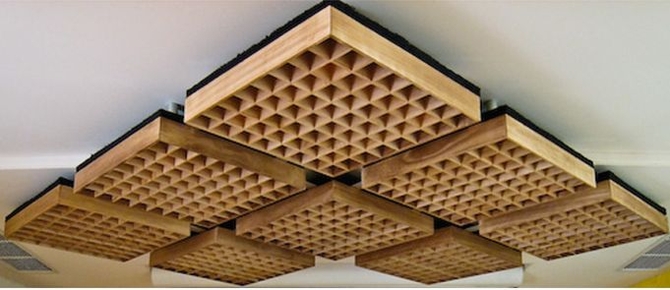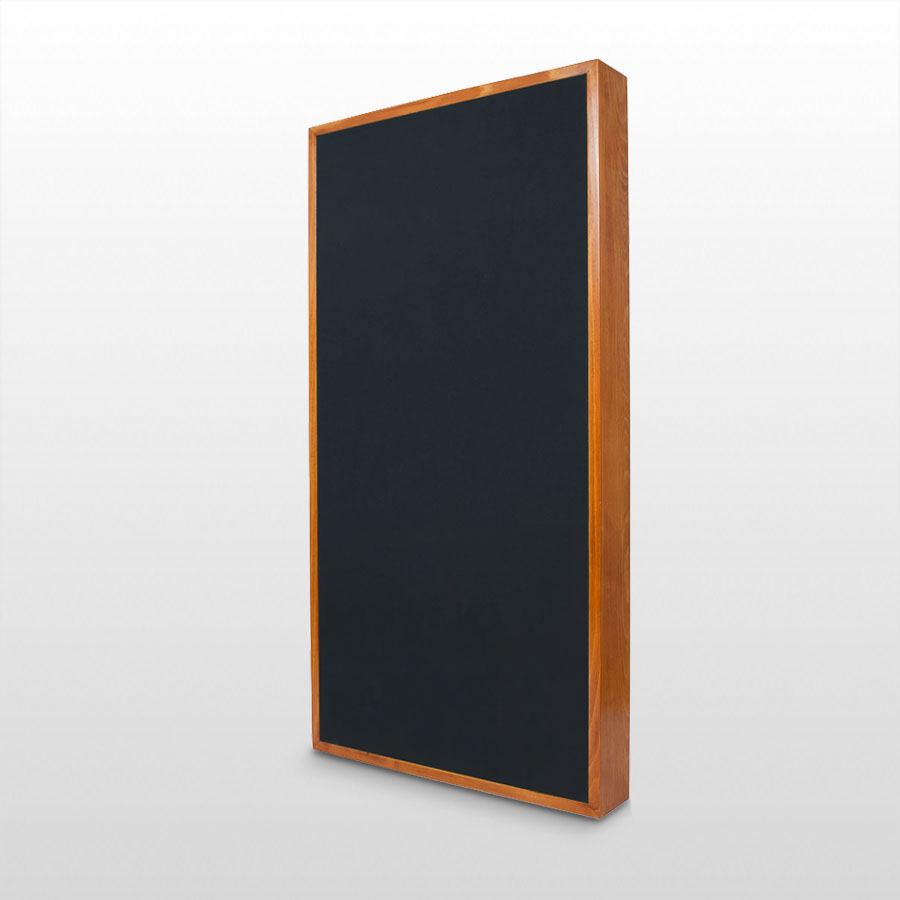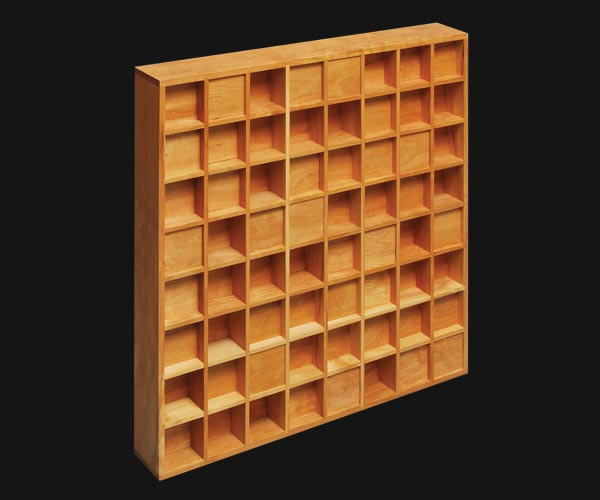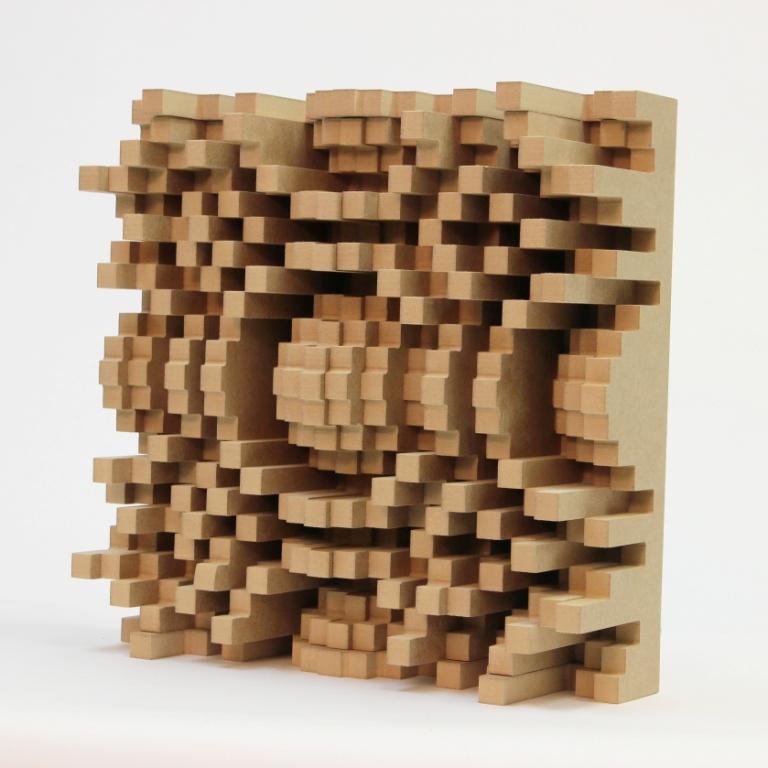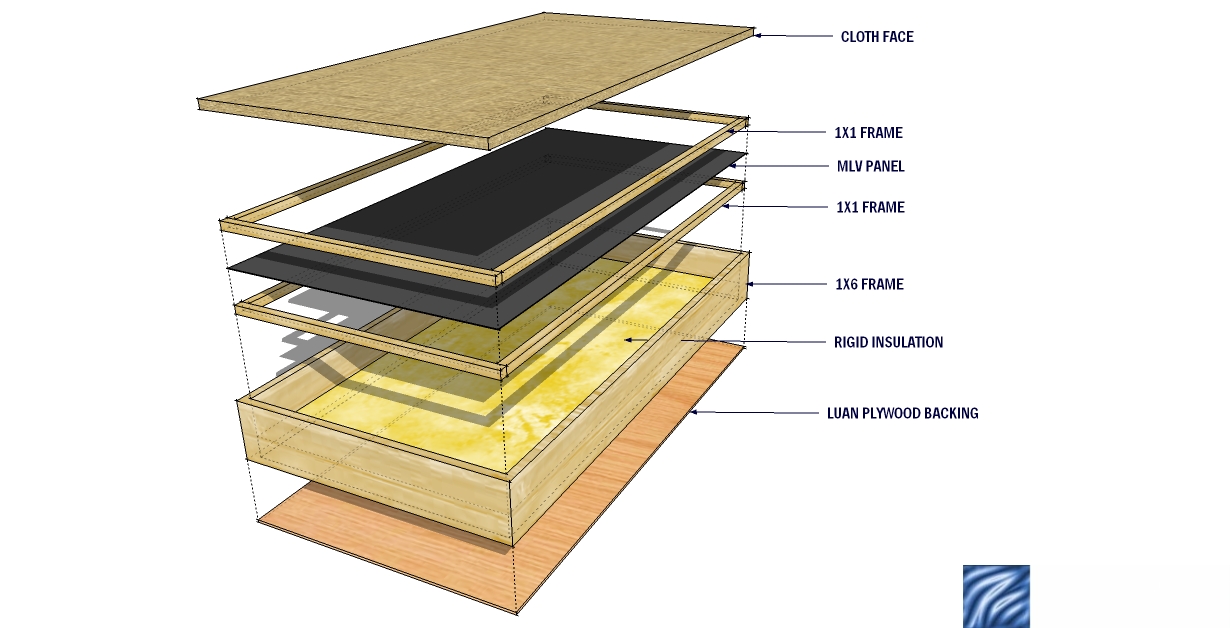CuriousErez
Member
- Joined
- Oct 24, 2021
- Messages
- 6
- Likes
- 2
Hey All, My first post here : )
My name is Erez and I am from Israel,
producing music and Djinn for the pat 5 years.
Moved to a new apartment and I want to get the room ready for proper mixing.
sharing with you my specs and REW measurements and maybe you could suggest me from where to start from?
how to place my speakers?
what acoustic treatment to buy and where to put it?
** and I am having the worst flutter effect in the room, a hand clap is bouncing for 3 seconds -_-
- I am using Kali Audio LP-6 speakers
- the room dimensions are:
length - 312
width - 263
height - 260
left wall is made from plaster : (
here is the measurements from REW


and I am also attaching measurements from Sonarworks (

My name is Erez and I am from Israel,
producing music and Djinn for the pat 5 years.
Moved to a new apartment and I want to get the room ready for proper mixing.
sharing with you my specs and REW measurements and maybe you could suggest me from where to start from?
how to place my speakers?
what acoustic treatment to buy and where to put it?
** and I am having the worst flutter effect in the room, a hand clap is bouncing for 3 seconds -_-
- I am using Kali Audio LP-6 speakers
- the room dimensions are:
length - 312
width - 263
height - 260
left wall is made from plaster : (
here is the measurements from REW
and I am also attaching measurements from Sonarworks (
Last edited:




